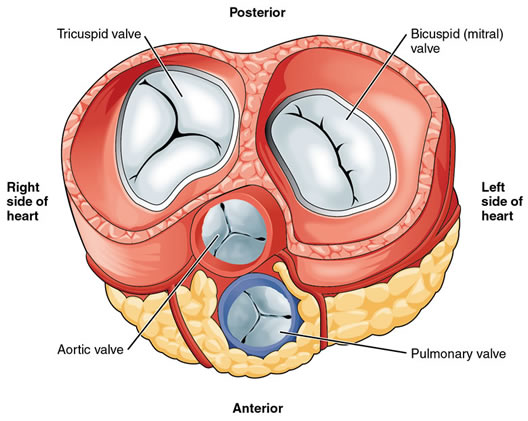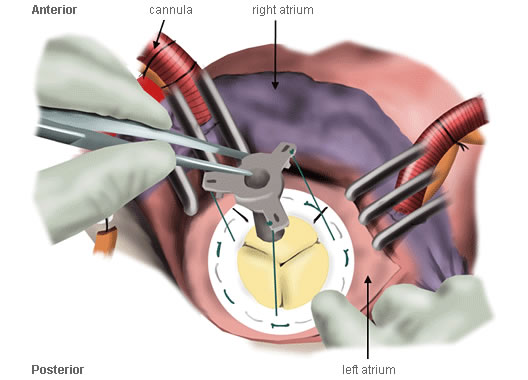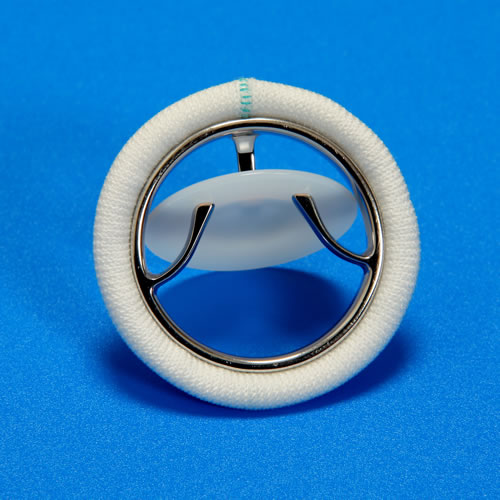Mitral Valve Replacement
Mitral valve replacement is cardiac surgery performed to treat stenosis (narrowing) and regurgitation (leakage) of the mitral valve.

Mitral valve replacement is the removal of a damaged or diseased mitral valve and the insertion of a prosthetic valve, which may be either biological (made of animal tissue) or mechanical. Which valve is used depends on the patient's age, lifestyle, medical conditions and preferences.
A mechanical valve will last indefinitely, but carries a higher risk of blood clotting problems. This means that patients that opt for a mechanical valve will have to take anticoagulant medicine (warfarin) for the rest of their lives. This puts them at slightly higher risk of bleeding complications.

Biological valves are less durable, especially in the young, but they carry a lower risk of developing clotting problems, and therefore do not require lifelong use of anticoagulant medicine.

Conventionally, the surgery is performed with a "median sternotomy" or a 7-8 inch incision to allow access to the heart, but can also be performed by key-hole surgery. The surgery is performed under general anaesthetic and involves the use of a heart-lung bypass machine.
Mitral valve replacement is performed on patients whose mitral valves are damaged severely enough that a repair is not deemed worthwhile. This is likely in cases when the valve's leaflets no longer move, or the valve is highly calcified.
The outcomes for mitral valve replacement are good, but marginally worse than those of mitral valve repair. Survival rate five years after surgery is over 90%, with surgical mortality around 4%. Around one in three patients may experience atrial fibrillation post operation. Those who have undergo cardiac surgery in general may experience some psychological symptoms such as anxiety and depression which are mostly transient.
Recovery depends on the health and age of the individual, but a full recovery may take up to 4-6 weeks, with most people returning home one week after their operation. There will be a single scar on the chest area. There are limitations on heavily lifting and driving for up to six weeks after the operation, less for key-hole surgery.
Depending on which kind of valve prosthesis was used, patients may be using anticoagulant medicine (warfarin) for life.

